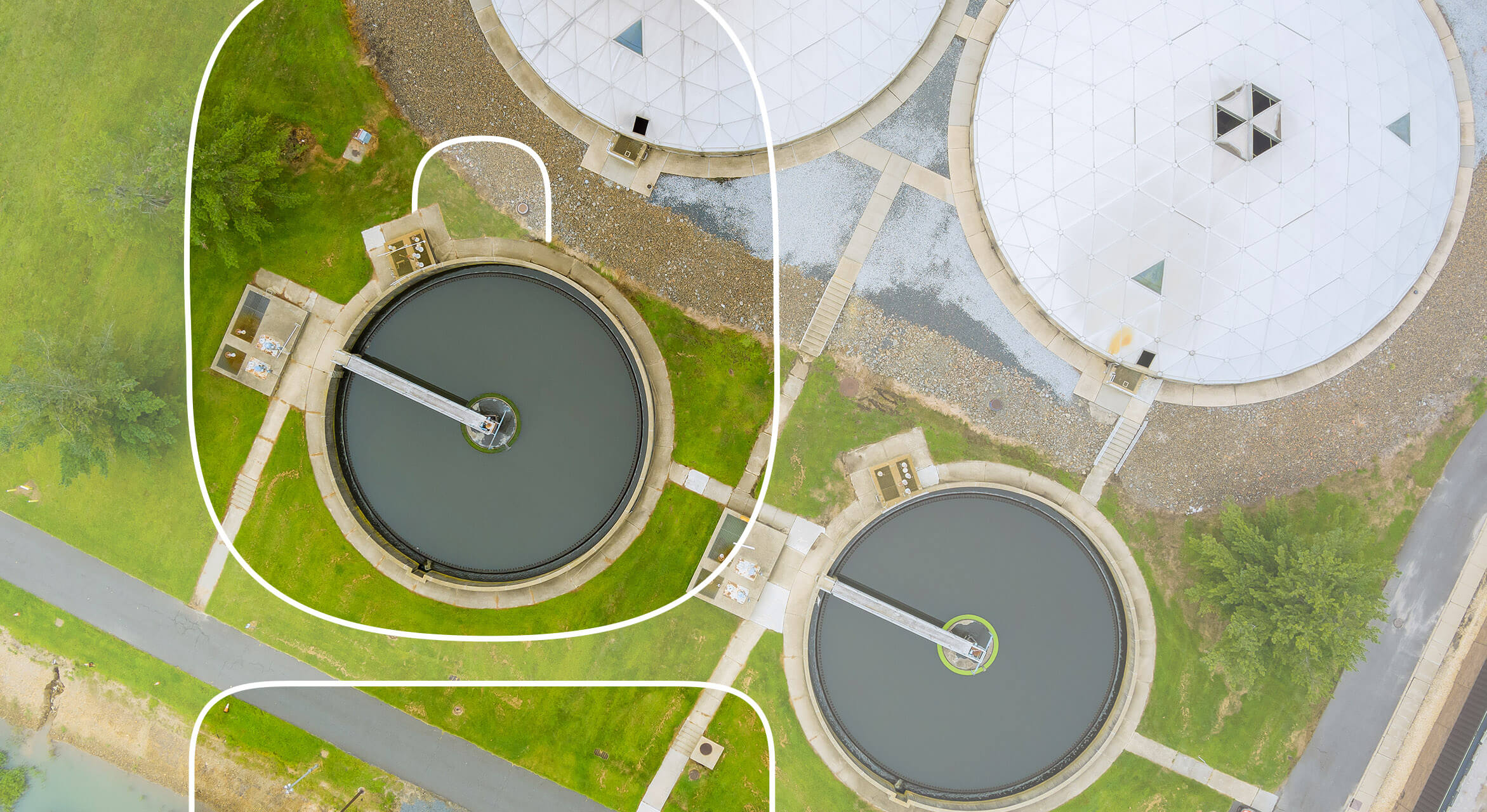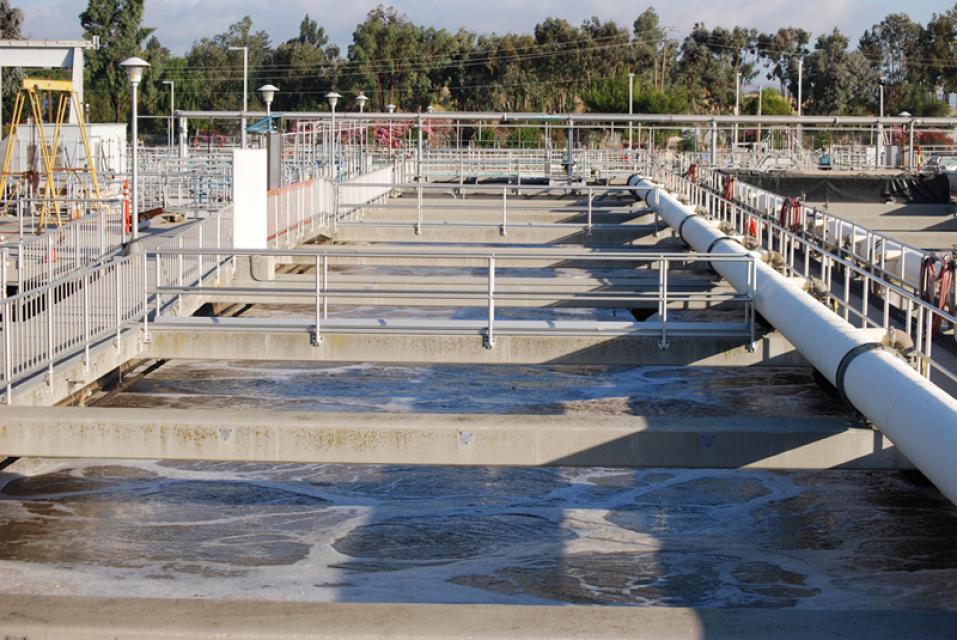Ensuring Clean Water through Efficient Wastewater Processing
Ensuring Clean Water through Efficient Wastewater Processing
Blog Article
Understanding Wastewater Treatment Processes and Their Ecological Impact
The details of wastewater therapy processes play an essential role in mitigating ecological challenges linked with water contamination. Each phase, from initial to innovative therapies, is made to deal with certain impurities, ultimately guarding both public health and wellness and marine environments. Regardless of technological innovations in treatment performance, considerable difficulties persist, including the monitoring of residual toxins and the implications of nutrient runoff. As we discover the complexities of these procedures, it comes to be essential to wonder about how far existing approaches can evolve to meet the expanding demands of sustainability and ecological preservation.
Summary of Wastewater Treatment
Exactly how is wastewater changed into a safe resource for the setting? Wastewater treatment is a vital procedure developed to eliminate contaminants from used water, therefore securing public wellness and safeguarding ecological communities. This process starts with the collection of wastewater from property, industrial, and commercial sources, which is after that routed to treatment facilities.
At these centers, numerous physical, chemical, and organic methods are used to deal with the wastewater. Initial testing gets rid of huge debris, adhered to by sedimentation to different larger solids. Ultimately, biological therapies, such as activated sludge processes, use microbes to break down raw material. These techniques not just lower pollutant degrees but additionally assist in the recovery of valuable nutrients.
The treated effluent can be securely released into natural water bodies or reused for irrigation and commercial functions, promoting resource conservation. In addition, the treatment procedure generates biosolids, which can be repurposed as fertilizers or soil changes, additionally improving sustainability.
Phases of Therapy Procedures
The wastewater therapy process typically is composed of 3 key stages: preliminary, main, and secondary treatment. Each phase serves an unique role in reducing the pollutant lots and guaranteeing the effluent fulfills environmental requirements before discharge.

The key treatment phase concentrates on the physical separation of put on hold solids from the wastewater. With sedimentation, much heavier particles settle at the base of sedimentation storage tanks, developing sludge, while lighter products, such as oils and greases, float to the surface and are skimmed. This process significantly reduces the organic and inorganic lots in the wastewater.
Additional treatment is a biological procedure focused on more lowering the focus of organic issue. Various techniques, including turned on sludge systems and flowing filters, make use of microbes to metabolize natural pollutants. This stage is essential for achieving the essential biochemical oxygen demand (BOD) reduction, eventually bring about cleaner effluent all set for discharge or further treatment. Each phase is vital in guarding ecological and public health.

Advanced Therapy Technologies
Adhering to the secondary treatment processes, advanced therapy technologies play an important duty in additional enhancing the high quality of dealt with wastewater. These modern technologies are made to get rid of recurring pollutants that are not successfully removed during primary and secondary treatments, making certain the effluent fulfills strict governing criteria.
Amongst the widely utilized advanced treatment approaches are membrane layer filtering, reverse osmosis, and progressed oxidation processes. Membrane layer filtration, including microfiltration and ultrafiltration, is reliable in dividing fine bits, pathogens, and colloids from the water (Wastewater). Reverse osmosis makes use of semi-permeable membranes to remove dissolved solids, resulting in top notch water appropriate for different applications
Advanced oxidation processes (AOPs) utilize solid oxidants view it now to degrade natural pollutants, consisting of drugs and personal care items that are immune to conventional treatment. These methods enhance the biodegradability of complicated substances, facilitating their elimination.
One more significant technology is making use of organic nutrient removal procedures, which particularly target nitrogen and phosphorus, stopping eutrophication in getting water bodies. On the whole, innovative treatment modern technologies are important for accomplishing higher degrees of purification, promoting water reuse, and guarding public wellness while addressing the obstacles linked with wastewater administration.
Ecological Benefits of Treatment
Many ecological advantages occur from reliable wastewater therapy processes that add to ecosystem health and wellness and sustainability. Mainly, these processes dramatically decrease the launch of damaging pollutants right into all-natural water bodies, which assists keep water ecological communities. By eliminating contaminants such as heavy steels, nutrients, and pathogens, treated wastewater minimizes the threat of waterborne illness and advertises biodiversity in aquatic settings.
Moreover, wastewater treatment centers typically employ sophisticated technologies that make it possible for water recycling and reuse. This technique not just saves freshwater resources but also minimizes the demand on all-natural water supplies. Boosted nutrient elimination from wastewater can likewise prevent eutrophication, a procedure that results in algal blossoms and succeeding oxygen exhaustion in water systems.
Furthermore, effective therapy procedures can reduce greenhouse gas emissions, particularly methane and laughing gas, which are frequently released throughout without treatment wastewater decay. By catching and using biogas from anaerobic digesters, centers can transform waste into renewable resource, therefore adding to a click over here now reduction in fossil fuel dependence.
Difficulties and Future Trends
While the ecological benefits of wastewater treatment are clear, several challenges linger that impede ideal outcomes in this area. One major issue is aging framework, which often brings about inadequacies and raised operational costs - Wastewater. Several therapy plants were designed decades back, and their capacities do not line up with modern needs, which consist of stricter regulatory criteria and higher volumes of wastewater due to urbanization

Looking in advance, there is a growing emphasis on resource healing and round economic climate concepts within wastewater therapy. Advancements such as anaerobic digestion, which can generate biogas, and advanced filtration why not try this out modern technologies are getting grip. These approaches not just boost treatment effectiveness but also promote sustainability.
Inevitably, attending to these obstacles needs collaboration amongst stakeholders, financial investment in innovation, and a dedication to continuous study. By embracing these trends, the wastewater therapy sector can advance to meet the needs of a transforming environment and culture.
Conclusion
Finally, wastewater therapy procedures play a crucial function in boosting environmental quality and public health. The multi-stage therapy framework, coupled with advanced technologies, efficiently mitigates air pollution and advertises sustainable water monitoring. By attending to recurring impurities and minimizing vitamins and mineral runoff, these procedures add to the preservation of water environments and the reduction of greenhouse gas exhausts. Proceeded developments and adjustments in treatment methods will certainly be important for getting rid of emerging challenges and ensuring the sustainability of all-natural sources (Wastewater).
Report this page